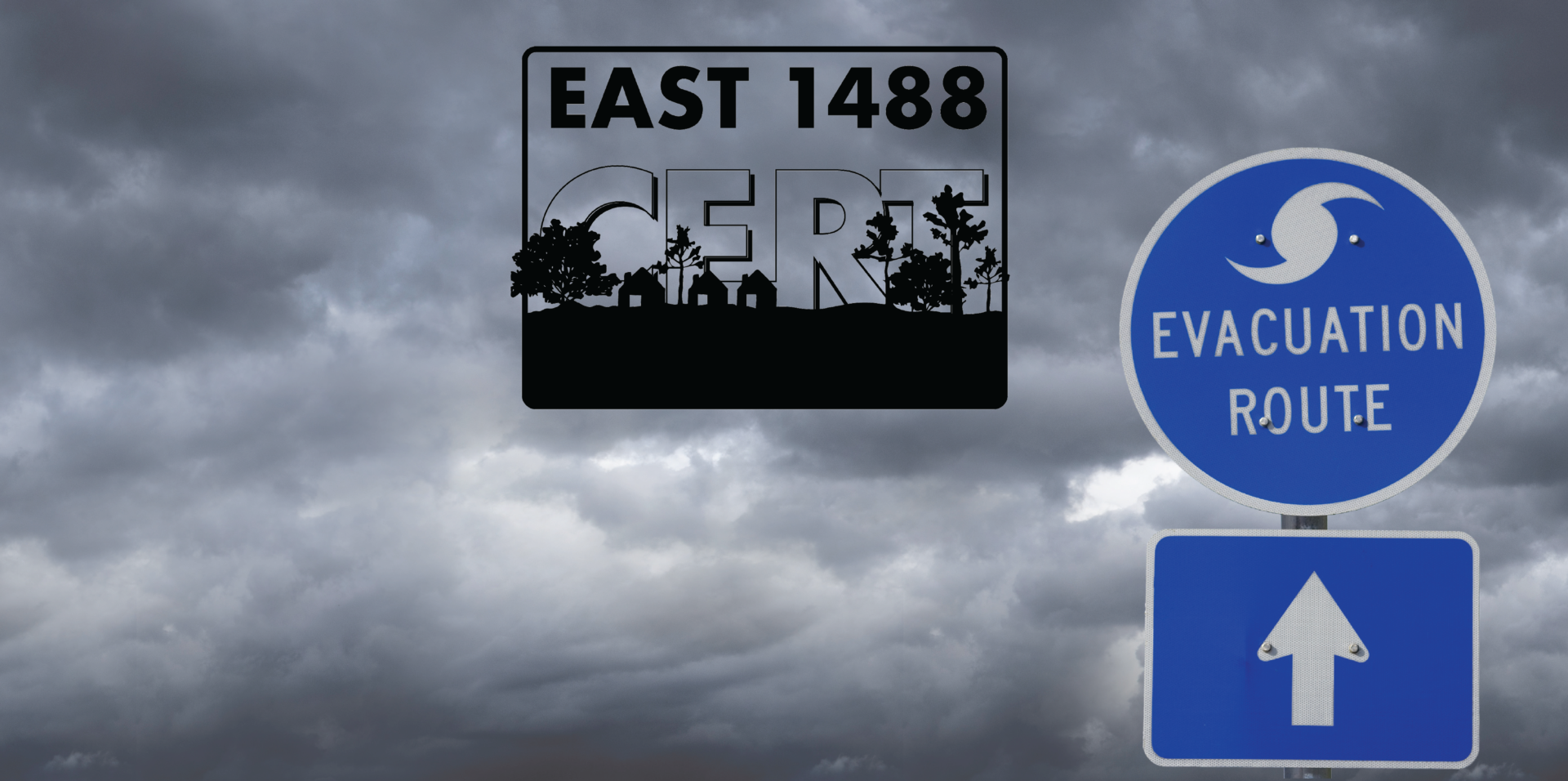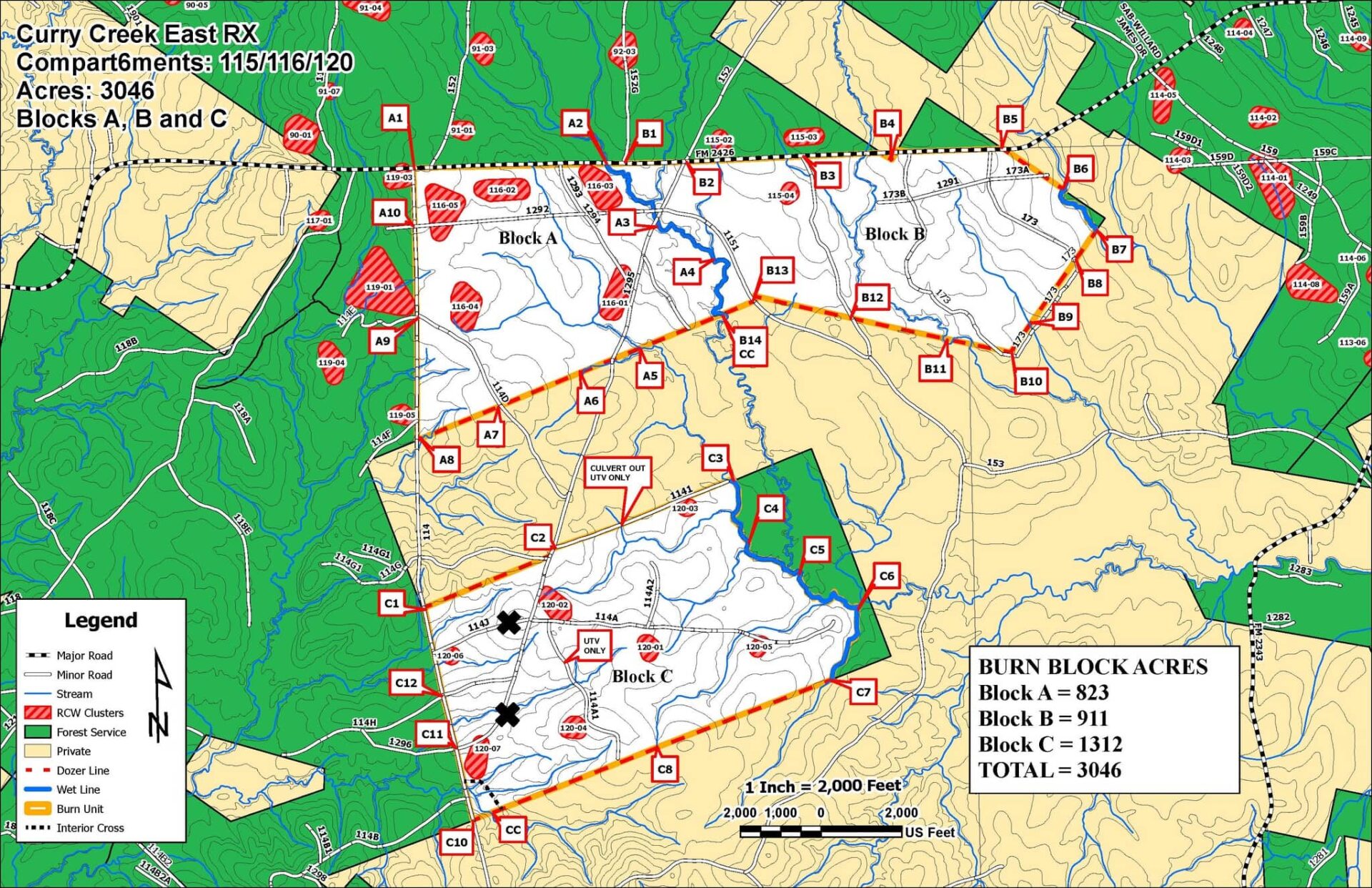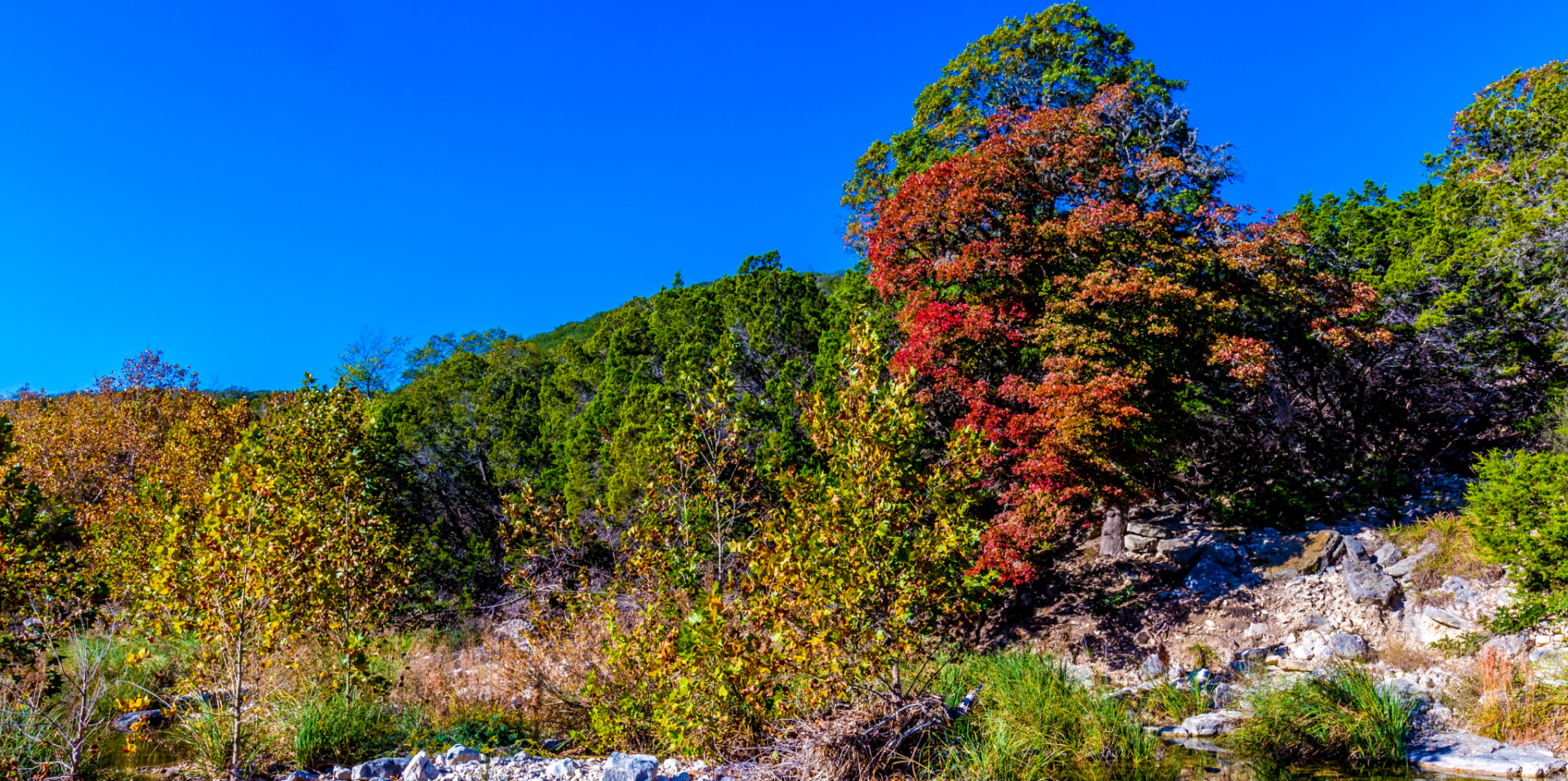Huntsville Pets Helping People: They Need A Job
You are out in the backyard enjoying a warm spring day. Supper is cooking on the grill. The kids and the dog are running around. A chase game is going on and giggles abound. As you continue watching, you get an inkling that something has changed off. Then, the light bulb above your head lights up and you realize that your Australian Shepherd dog is herding the kids. That is not acceptable!
Herding is a very normal activity for an Australian Shepherd although you do not want him to herd the children. Because many herding dogs are heelers, they are prone to nip at the heels of fleeing animals or children to move them along. Nipping is a natural behavior for a herding dog. However, nipping is biting and we never want dogs to bite children even if their intent is not to hurt but only to control movement. The solution is training. Most herding breeds can learn not to herd certain species such as children, chickens or horses. However, some individual dogs may not be able to control the impulse. In that case, it is up to you to either diligently manage the dog’s behavior or to rehome them.
What is a herder and what is a heeler? In the dog world, a herder is a dog who assists people in controlling the movement of livestock. The most commonly herded animals are cattle and sheep but goats and geese are sometimes herded too. A heeler is a type of herding dog who controls animals from behind by nipping at their heels or back legs. Herders are very active and agile and they rely on physical contact with livestock to accomplish their task of control. Some familiar heelers are the Australian Cattle Dog and the Cardigan and Pembroke Welsh Corgis. Before vehicles were numerous, heelers were used to drive cattle to market. The Border Collie is a herder who quietly works at the side of or in front of livestock. They gather and control the flock using a crouching style and a strong stare. Some herders, such as the German Shepherd, Belgium Sheepdogs, Briards, and the Old English Sheepdog, are used primarily to control their charges within a defined boundary. They keep livestock out of roadways and farmer’s crops and keep their charges in designated grazing areas. The boundary dogs may be referred to as “living fences.” While drovers and boundary dogs are seen as specialists, many herding dogs are capable of performing preforming both tasks when the need arises. In addition, there are general farm dogs who assist with herding at times. Some part-time herders are: the Airedale, Bernese Mountain Dog, Keeshond, Rottweiler, Schnauzer, and the Standard Poodle.
Herding breeds have helped people manage livestock for centuries. Corgis have been herders in England since at least 1200 BCE. The Australian Cattle Dog (ACD) is a newer breed that was developed in the mid-1800s because the English herding dogs brought in with the settlers were not up to the tasks of herding in Australia’s vast outback with its rugged terrain, hot weather, and semi-wild cattle. Crossing several dog breeds with the native Dingo eventually resulted in the intelligent and athletic ACD who was up to the job at hand.
Herders possess a number of traditional herder traits. They are incredibly intelligent dogs who are problem solvers. They are independent and able to manage the livestock with limited contact with ranchers and shepherds. They are tenacious and focused as they stand their ground when faced with medium to large size cows and sheep. They are athletic and able to long hours over great distances in a hostile environment and in all kinds of weather. Herders have a no nonsense attitude. They are driven to control the movements of others, even things that they should not herd such as cars and children. In addition, they are highly trainable.
There are several dozen herding breeds recognized by the American Kennel Club and many more breeds recognized in other countries throughout the world. The most common herding breeds in the United States are: Australian Cattle Dog, Australian Shepherd, Border Collie, Cardigan Welsh Corgi, Collie, German Shepherd, Mini American Shepherd, Old English Sheep Dog, Pembroke Welsh Corgi, and the Shetland Sheep Dog.
The majority of people who have a herder do not have access to cows and sheep and they live in an urban environment. They have dogs who are genetically designed with generations of herding instincts but who are unemployed. It is up to us to give them something meaningful to do. Something that will work with, not against, their natural instincts. If we do not find them a new job, they will designate their own job which may be destructive (digging, barking) or harmful (escaping) to pursue and not something we want them to do. Herders need daily aerobic exercise such as long runs, hiking adventures, or to accompany people on bike rides to work off some of their abundant energy and provide some mental stimulation. There are some good alternatives that will use their athletic abilities, intelligence, and abundant energy. Some of those are: agility, competitive obedience, disc dog, flyball, herding trials, learning tricks, rally, and tracking competitions or activities. Another possibility is to become a therapy dog. I had an Australian Cattle Dog who was a therapy dog for six years. She looked forward to her visits to the local hospital and the staff and patients greatly enjoyed her visits.
Herding dogs are great at their job of livestock management because of generations of herding instinct bred into them. That does not mean that herding breeds cannot be good companion dogs and live in a town or city. If you want them to be a healthy and well-adjusted family dog, you must provide them ample opportunity for high energy exertion and give them a job.





